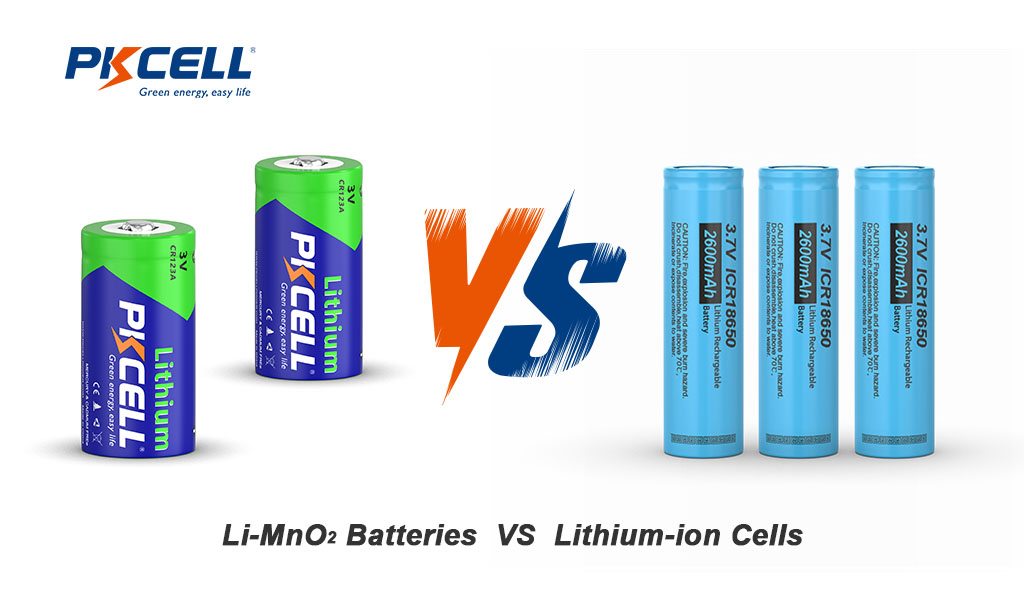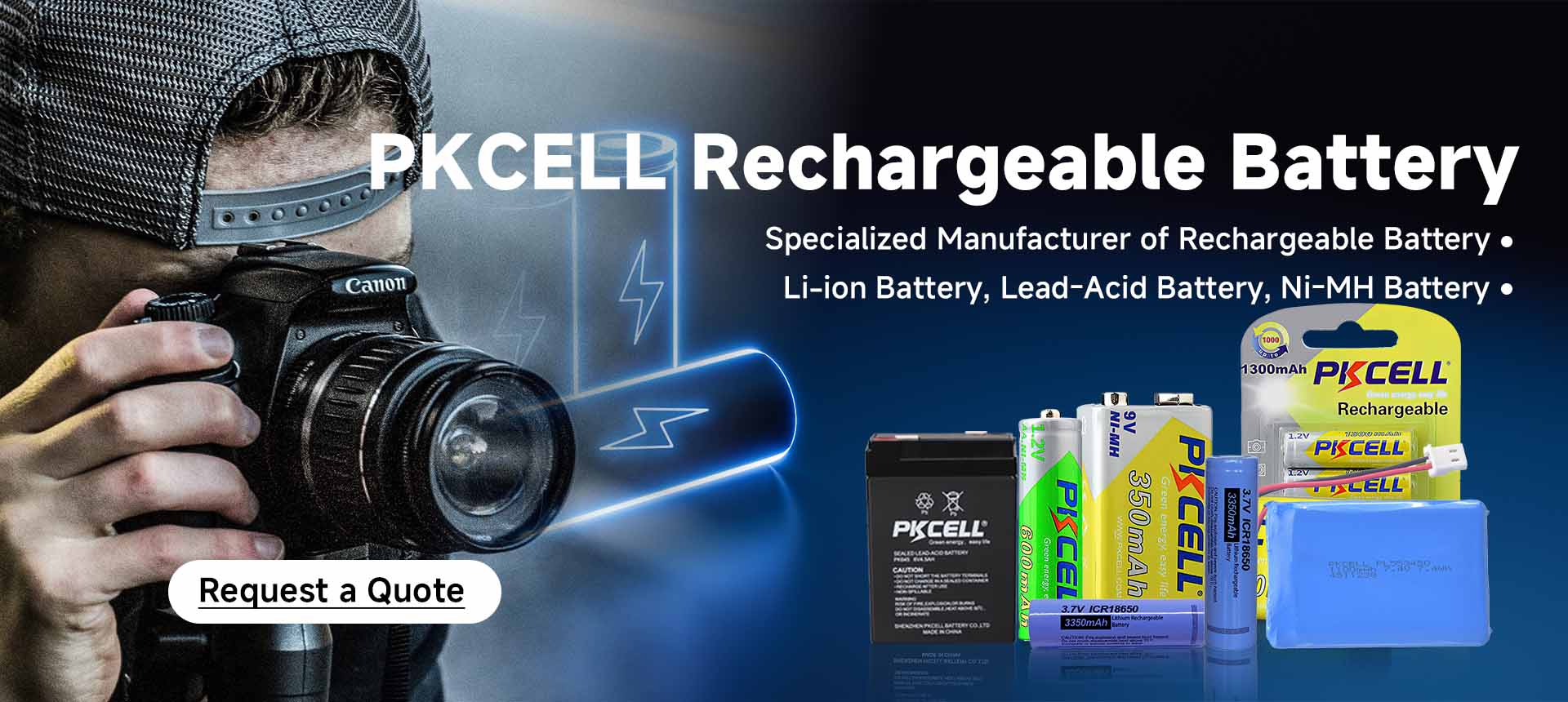 In the evolving landscape of battery technology, lithium-based batteries have emerged as a cornerstone for modern energy storage solutions. Among these, lithium manganese dioxide (Li-MnO2) batteries and lithium-ion (Li-ion) cells are particularly noteworthy due to their distinct characteristics and applications. This article aims to elucidate the differences between these two types of batteries, focusing on their chemistry, performance, applications, and safety features.
In the evolving landscape of battery technology, lithium-based batteries have emerged as a cornerstone for modern energy storage solutions. Among these, lithium manganese dioxide (Li-MnO2) batteries and lithium-ion (Li-ion) cells are particularly noteworthy due to their distinct characteristics and applications. This article aims to elucidate the differences between these two types of batteries, focusing on their chemistry, performance, applications, and safety features.
Chemistry and Design:
Lithium manganese dioxide batteries, also known as lithium-manganese or LiMnO2 cells, utilize lithium as the anode and manganese dioxide as the cathode. This configuration provides a stable and safe chemistry, leading to batteries that are typically used in single-use, non-rechargeable applications.
In contrast, lithium-ion cells use lithium compounds as electrodes and are designed to be rechargeable. Their chemistry allows for the movement of lithium ions between the anode and cathode during charging and discharging cycles.
Performance and Efficiency:
Li-MnO2 batteries are known for their high voltage and energy density, but they have a limited lifespan due to their non-rechargeable nature. They offer a stable voltage output until depleted, making them ideal for applications where long-term, reliable energy is required without the need for recharging.
On the other hand, Li-ion cells are celebrated for their high energy density and efficiency in rechargeable applications. They can withstand hundreds to thousands of charge-discharge cycles, although their performance may degrade over time due to factors like temperature, cycle life, and usage patterns.
Applications:
The differing characteristics of Li-MnO2 and Li-ion batteries dictate their specific applications. Lithium manganese dioxide batteries are commonly found in medical devices, security alarms, and other electronic devices where a steady and reliable power source is essential over a long period.
Conversely, lithium-ion cells are ubiquitous in the world of portable electronics, electric vehicles, and renewable energy systems, where their rechargeability and high energy output are crucial.
Safety and Environmental Considerations:
Safety is a critical aspect of battery technology. Li-MnO2 batteries are generally considered safer and more stable due to their chemistry and non-rechargeable nature, posing fewer risks of overheating or leaking compared to their rechargeable counterparts. However, they contribute to electronic waste if not properly disposed of.
Li-ion batteries, while offering significant advantages, come with safety concerns such as the risk of thermal runaway, leading to overheating and potential fires if damaged or improperly handled. Consequently, these cells require integrated safety mechanisms and proper handling to mitigate risks.
While lithium manganese dioxide and lithium-ion batteries share the common element of lithium, their differences in chemistry, performance, applications, and safety features set them apart. Understanding these distinctions is essential for selecting the appropriate battery type for specific needs, ensuring optimal performance, safety, and environmental sustainability. As technology progresses, both types of batteries will continue to evolve, further enhancing their applications and efficiency in powering the world’s devices and systems.
Powering Your Innovation with PKCELL Batteries
Understanding the distinct characteristics of Li-MnO2 and Li-ion batteries is crucial for making the right choice for your specific needs. When selecting a reliable power solution, partnering with a reputable manufacturer makes all the difference. PKCELL stands out as a leading provider of high-quality batteries, offering a comprehensive range of both Li-MnO2 and Li-ion cells that adhere to stringent industry standards.
Whether your project demands the stable, long-term power of a non-rechargeable Li-MnO2 battery or the high energy density and extensive cycle life of a rechargeable Li-ion cell, PKCELL provides trusted solutions. Their commitment to performance and safety ensures you get the reliable power your devices depend on.
Reach out for a free consultation today! Let’s discuss your specific requirements and ensure you get the reliable, high-performance battery solution you deserve.
Post time: Mar-07-2024



